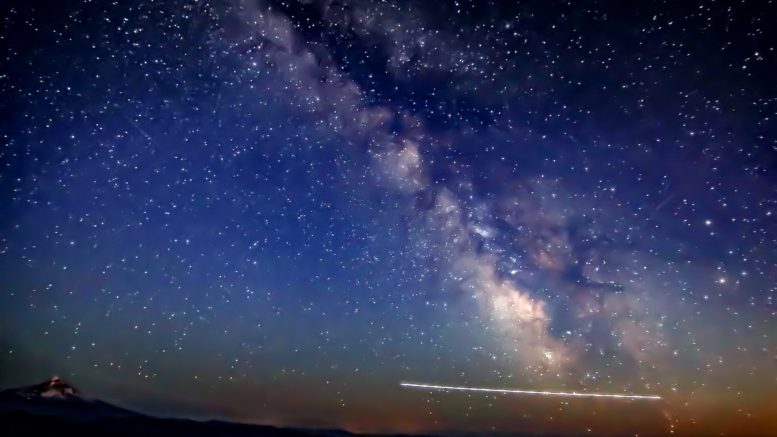As the 2010’s come to a close, there are many things that can be said as the most important scientific advances of the decade. While we will leave those decisions to be determined by others, we will provide an review of how the decade has shaped the Pacific Northwest space and science landscape. Plus, we look at how these Pacific Northwest institutions have contributed to the wider communities over the past decade.
Commercial Space Flight
The commercial space industry has grown leaps and bounds in the past decade.
A great example of this is the September 8th, 2000, Kent, Washington based company Blue Origin. Blue Origin has grown to a company of 2,500 employees in 2019 with plans that are of this world! With a slogan of Gradatim Ferociter, which is Latin for “Step by Step, Ferociously” and funding of $1 billion from founder Jeff Bezos, Blue Origin has really flourished! This approach has meant that Blue Origin has developed technologies to enable private space access to humanity with the goal to dramatically lower costs and increase reliability. Blue Origin is doing this by employing an incremental approach as each step builds on previous success. This has really shown as Blue Origin is now in position to one day soon provide private space tours in its suborbital rocket ship New Shepherd, while the company continues to develop its new BE-4 engine and New Glenn orbital vehicle. As Blue Origin has plans to visit the moon with its Blue Moon program in 2024, the company is taking the time to flight certify the BE-4 engine for use by the ULA for their Vulcan project before building the New Glenn rocket. They have an amazing headquarters in Kent, WA which is an old Boeing building.
Blue Origin is in an amazing position to make great strides in the market as they will be a prime company to produce parts for and entire rockets for launch partners. With enormous funding from Jeff Bezos, the company is looking to do really well!
Scientific Discovery
The most important scientific discovery that was made in the Pacific Northwest is the discovery of Gravitational Waves in 2015. The teams at LIGO have confirmed the existence of Gravitational Waves, which were predicted by Albert Einstein in 1916 in his theory of general relativity. With first evidence arriving in 1974 by two astronomers using the Arecibo Radio Observatory in Puerto Rico who discovered a binary pulsar, that should radiate gravitational waves. After several years of observation, astronomers determined that the pulsars were determined that the stars were getting closer to each other at precisely the rate predicted by general relativity if they were emitting gravitational waves. But it would not be until 41 years later, on September 14th, 2015 that the Hanford LIGO site would detect gravitational waves for the first time. We have written an article describing what it was like for an actual technician who was working at Hanford during the discovery when we went for a tour of the site. Public tours are indeed available on the 2nd Sunday of each month. The result of the discovery of gravitational waves by LIGO resulted in the winning of the 2017 Nobel Prize.
This discovery is one of the most crucial astronomy and entire scientific discoveries of the decade because detection of gravitational waves provide a new way for scientists to study the universe. As these waves are not related to electromagnetic radiation, the information provided by these waves are unique messengers of information about cosmic events. When running, LIGO and similar exponents will be able to pinpoint these cosmic events and help scientists further study them. These cosmic events in question include and could possibly include “colliding black holes, merging neutron stars, exploding stars, and possibly even the birth of the Universe itself.” With their discovery, astronomers now have a new tool in their toolbox to study the universe and gather detail about phenomena that was has limited scientific data collected and studied.
The LIGO Hanford site can be toured, which we did and wrote about in our article here.
There was definitely a flurry of activity in space and science in the Pacific Northwest in the 2010’s, which is expected to grow in the future as commercial Spaceflight companies such as Blue Origin and SpaceX grow and evolve their services to meet demand. Plus, the industry will grow to meet new services and allow for the public to continue to watch as this moves forward.
References And Further Reading
https://www.cnn.com/2019/12/20/world/space-science-discoveries-decade-scn/index.html

Be the first to comment on "The 2010’s In Review"